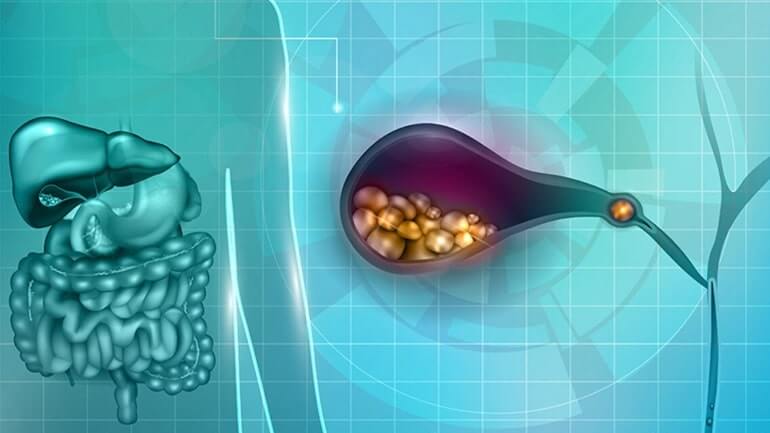Lithiasis is a particularly common condition that occurs frequently in Greece because of the climate.
The characteristic of the stone in the urinary tract is that it is large likelihood of relapse which in some cases the percentages can reach more than 50%.
Risk factors for the development of stones in the urinary tract are heredity, diet, reduced water intake, obesity, lack of exercise, climate (hot-dry climate), and various endocrinological diseases.
Lithiasis can manifest with a wide range of different symptoms. Small stones may not cause obstructive phenomena in the kidney so they do not cause either colic and are usually discovered incidentally as part of a screening with a kidney ultrasound. Older ones kidney stones or of the ureter can cause acute intense sudden pain renal colic , or even worsening of kidney function (kidney failure).
Urgent cases of lithiasis are considered o colic kidney that does not go away with the administration of drugs, h febrile obstructive pyelonephritis (urinary tract infection coexisting with stone obstruction), and h acute renal failure (blockage of the kidneys by stones)
Η diagnosis is done with the patient’s clinical picture and history and, of course, with imaging tests. Although renal ultrasonography and X-ray (X-ray) can, in the acute phase, give information about the existence of a stone, the final diagnosis and the test of choice that finally establishes the diagnosis is computed tomography
The treatment of lithiasis depends on the characteristics of the stone, namely the size, location, hardness, and number of stones in a patient. Small stones of 3-4 mm in the lower calyx of the kidney that do not cause symptoms may simply be monitored with ultrasounds at predetermined intervals.
Ureteral stones that cause obstruction in the kidney and lead to colic are ideally treated with Semi-rigid Laser ureterolithotripsy που without incision. The stone is fragmented due to the contribution of the laser.
Kidney Stones, depending on their size, can be treated with extracorporeal lithotripsy (soft stones up to 10 mm) with Flexible Laser Nephrolithotripsy (stones up to 20 mm), and with her percutaneous nephrolithotripsy (stones larger than 20 mm)
Η Flexible Laser nephrolithotripsy and Ultra Mini percutaneous nephrolithotripsy are the most modern treatments of urinary lithiasis, each of which, individually or in combination, can treat large kidney stones without incision and bleeding.
The complete treatment of lithiasis of urinary requires a specific plan depending on the problem of each patient and mandates the collaboration of a group of specialist doctors of different specialties specialized in lithiasis in order to provide a definitive solution to the patient’s problem and eliminate the possibility of recurrence. This team consists of the Radiologist, the Urologist, the Infectious Diseasesologist, the Nephrologist, and the Endocrinologist, who together will not only rid the patient of the stone but will identify the cause of its formation and, with proper follow-up, will ensure that it won’t happen again.
Dr. Ioannis S. Katafugiotis MD, PhD, FEBU, FECSM
SURGEON UROLOGY-ANDROLOGIST
Doctor of the University of Athens
Fellow of the European Board of Urology
Fellow of the European Committee of Sexual Medicine
Retrained at Carl Gustav Carus, Dresden, Germany
Retrained at Hadassah Medical Center, Israel Graduate of American Endourology Society

